Fertilizer plans for pots vs.. in-ground, rain & tap, own-root & graft
strawchicago z5
7 years ago
last modified: 7 years ago
Featured Answer
Sort by:Oldest
Comments (16)
Anna
7 years agostrawchicago z5
7 years agolast modified: 7 years agoRelated Discussions
Own Root vs Grafted Austins
Comments (6)Hmmm Ken you do bring up a valid point. I wonder if I should get them on Fortuniana. I have a jude the obscure on fortuniana but its brand new still and in a pot. I am planning on putting it in the ground. I might see how that one does before ordering my new austins (was going to get them in sept after the summer heat passes). I can get them from cool roses. I went up there last week and they had some amazing looking austins but none were for sale (except Jude which i think they sold me out of pitty since i wanted one so badly LOL). I'd be more than willing to invest the $$$ on them if i know they will perform well here (its about an hour drive to cool roses from here). Otherwise its really a crap shoot. I order the ones I like that they say do well here and just hope for the best. (That's why I'd like to order them from chamblees, they are half the cost as ordering from DA itself or from cool roses). Ahhh the dilemma! No space and i want them all!, but I always FIND a way to stick more roses in my garden. Even if it means growing them in planters on stands. Like my husband says i ran out of room on the ground so no I'm going up up up....See MoreA new take on own-root vs grafted for me
Comments (19)I actually like roses that sucker. I order from Pickering because I like THEM and want to show my support. But I was hesitant to try their roses after hearing that multiflora rootstock doesn't like alkaline conditions. However, I have had absolutely no issues with any of my roses on multiflora, even with both alkaline soil and water. So there must be something else I have or don't have/do that is different than say Jeri has/does that accounts for why roses on multiflora (or with its genes) do so well for me. Pickering hasn't updated their website about using laxa as a rootstock. I called last year to ask which of the roses I bought from them were on laxa and which on multiflora. The lady who I spoke with said none of the roses I bought from them were on laxa as they hadn't grafted anything on it (for I forget how many years she said). I expected that some were on laxa (and thought maybe that was why they were so happy in my garden), including the gallica Aimable Rouge, the damasks Duc de Cambridge and Pickering Four Seasons, the spinosissma William's Double Yellow, and the rugosas Wild Edric and Polareis. Not only are they not chlorotic but also Wild Edric (not even fed) and William's Double Yellow have particularly deep green foliage. Melissa...See MoreOwn root vs grafted
Comments (29)This is an interesting subject I have spend a lot of time and energy on, and I really like hearing others opinon :-) I wish some of the large rose producers would give us their knowlege or that someone does a large scale test of rootstocks in differnt locations that last at least 6 years. Kordes, Meilland and others must have lots of experience in this, not to mention nurseries in US. There are some old tests (1940's and 50's) that lasted 7 years or so, with field grown roses where the grafted roses did much better than any ownroot. For Europe north of the Alps three roses as rootstock came out better than others: Laxa, multiflora and a few canina varieties. Personally I have grown and observed alba roses like Minette, Maiden's Blush, Felicite Parmentier both as grafted plants and grown from rooted cuttings. In most cases all the grafed ones are larger even after something like 30-50 years (I have only planted roses the last 10 years). They say a grafed rose live on average something like 5 years, but some varieties really grow old as grafted plants. Maiden's Blush and Felicite Parmentier does not sucker much, if at all. Most likely it is the canina understock that is the root of these plants.These varieties are well worth growing ownroot and have vigour and resilience enough to stand on their ownfeet almost any where. In the rosarium in my town they grow a lot of rugosas, many of them really don't need any help from canina roots, or any other. Still they often are produced as grafted plants. I think it was Fru Dagmar Hastrup that was bought and planted on canina roots and did fine on them for a long time. Something like 6 years later they dug the plants up, sawed of the rootstock that still was the main root on all plants. This was done as an experiment and in hope that the plant would not grow as tall. They got the desired result, about 50 cm (just under two feet) shorter. The plants looked just as good on canina roots as ownroot. What I find interesting here it the fact that these rugosas do very well ownroot and really have no problem with the climate in any way. It seams that the understock gives the plant extra growth and energy. I have noticed this with climbers too, New Dawn, Blaze and a few climbing hybrid teas. They grow taller no doubt, and often look healthier and more resilient than ownroot plants. Floribundas and hybrid teas are even more dependent on streangth from the rootstock, and mostly there are no contest at all between ownroot and grafted. Pots seam to be the exeption and with extra care some grow into fine plants. I have read that multiflora does better in pots than other rootstocks. I have not had the chance to test this out, but multiflora does very well in pots. One of the arguments of those who produce ownroot roses is that grafted roses is less costly and done with less laber. This is not true. There was a time when grafting roses was considered both more expensive and more work, but the end result was found better. Another argument is that ownroot plants often look better in the garden and often will grow more shapely. This is not true either, I state this with observations from both the south of France and Northern Europe. A very long time ago grafting of roses was done with different techniques (in the time of Gertrude Jekyll). I don't know of any roses that is many with any other method than "oculation" (I don't know if this is the right term in English): Where a tiny T-shaped cut is made on the root-neck of the rootstock and an eye from the disired rose is slided under the fresh bark in the T-shaped cut. The root-stock is slightly pulled up from the soil, for the neck of the root to be exposed. This gives the plants by far much the same shape as a rose grown on its own roots. The budding point is not easily detected and the plants are not more leggy than ownroots. I dare state that there is no difference is shape even when grown right next to an ownroot rose of the same variety. After making such a rant about this, I have to mention that I happily rot cuttings of almost any rose :-)...See MoreTips for own root versus grafted roses in pots & LongAgoRoses bands
Comments (100)Thank you, Stephanie, for the tip of Garden Tutor Soil pH Test kit strips. I find that soil pH test via a solution (red-cabbage juice) is more accurate since it takes at least 1/2 hour for the minerals in soil to dissolve in water. I tested soaking coffee ground in red-cabbage juice, at first it was acidic (pinkish), but after 1/2 hour soak, the solution became clear, coffee ground is known as a buffer. Same with rose park nearby, they scattered a layer of gypsum on top of their clay. I scoop up 1 heaping Tablespoon of their soil and tested in red cabbage juice. At first the solution turned pinkish (acidic), from the 18% of sulfur dissolved first. After 1 hour, the solution became very blue (alkaline), from the calcium of gypsum being slowest to dissolve, plus the alkaline minerals in soil was slow to dissolve. SARENA: for the reason above, it's best to mix gypsum 1 month in advance into soil, and let rain or a few waterings release its acidic sulfur to dissolve minerals in soil (rather than to corrode roots). Since you are in a high-rain climate, it's good to have solid minerals on top to buffer acidic rain, such as a thick layer of Worm Casting (pH 7.4), or your clay (if alkaline like mine at pH 7.7). Vermiculite is to improve moisture and to hold nutrients, plus to make potting soil fluffy for wimpy own-roots. Perlite has zero nutrients but good to MIX-IN so roots can have more oxygen for growth. Own-root roses like moist but airy soil. Both vermiculite and perlite is best mixed into potting soil. One rooting method recommended by University of CA at Davis is to mix 1/2 vermiculite (for moisture & cation exchange) plus 1/2 perlite (for aeration)....See MoreAnna
7 years agostrawchicago z5
7 years agolast modified: 7 years agostrawchicago z5
7 years agostrawchicago z5
7 years agostrawchicago z5
7 years agostrawchicago z5
7 years agolast modified: 7 years agostrawchicago z5
7 years agolast modified: 7 years agostrawchicago z5
7 years agolast modified: 7 years agostrawchicago z5
7 years agolast modified: 7 years agostrawchicago z5
3 years ago
Related Stories
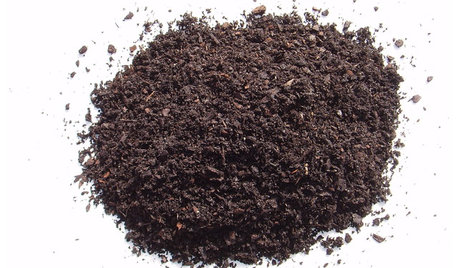
GARDENING GUIDESGet on a Composting Kick (Hello, Free Fertilizer!)
Quit shelling out for pricey substitutes that aren’t even as good. Here’s how to give your soil the best while lightening your trash load
Full Story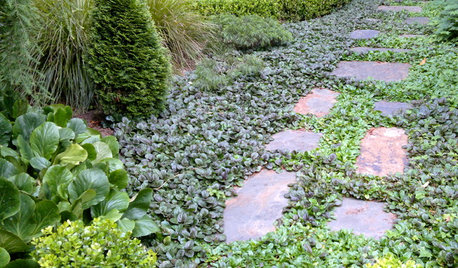
GROUND COVERSGround Force: 10 Top Ground Covers for Your Garden
Protect your soil from weeds and drought this summer with a living mulch of ground covers
Full Story
ARTThe Beauty of Bonsai — Living Art, Rooted in Harmony
Create your own emblem of nature's balance with an art form dating back 1,000 years
Full Story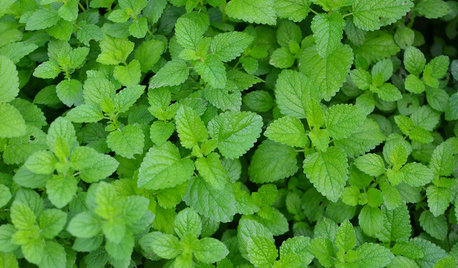
GARDENING GUIDESHerb Garden Essentials: Grow Your Own Delicious Mint
Pull out a pot for this one. Mint's spreading habit and hard-to-kill nature can be a blessing — if you're properly prepared
Full Story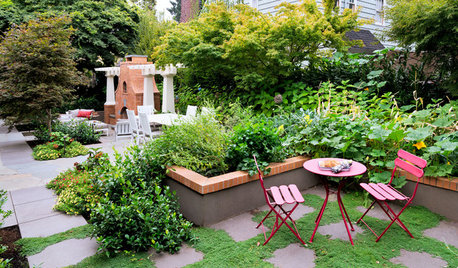
GARDENING GUIDESHow to Switch to an Organic Landscape Plan
Ditch the chemicals for a naturally beautiful lawn and garden, using living fertilizers and other nontoxic treatments
Full Story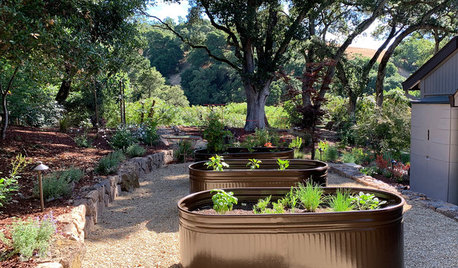
FARM YOUR YARD6 Things to Know Before You Start Growing Your Own Food
It takes time and practice, but growing edibles in the suburbs or city is possible with smart prep and patience
Full Story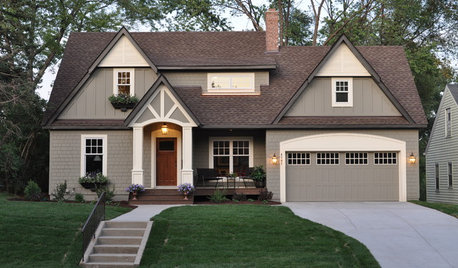
ARCHITECTURERoots of Style: Where Did Your House Get Its Look?
Explore the role of architectural fashions in current designs through 5 home styles that bridge past and present
Full Story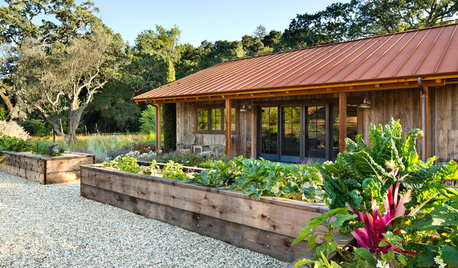
EDIBLE GARDENSHow to Grow Your Own Sweet Summer Crops
This guide will help any gardener get started on growing the freshest warm-season veggies and berries for summer
Full Story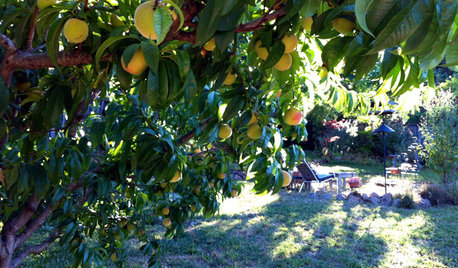
EDIBLE GARDENSHow to Grow Your Own Peaches and Nectarines
Make gardening a little sweeter with these juicy fruits, which you can eat after plucking or preserve for later
Full Story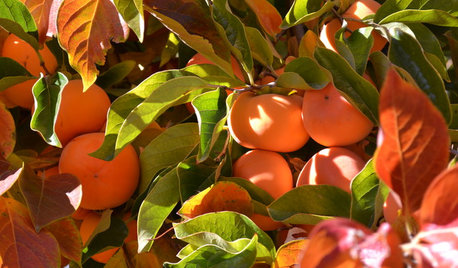
FRUIT TREESHow to Grow Your Own Persimmons
Sturdy and easy to care for, these trees offer bright fruit through winter — and keeping them in bounds is no sweat
Full StorySponsored
More Discussions



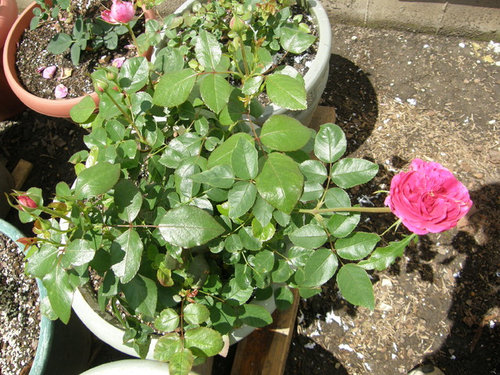
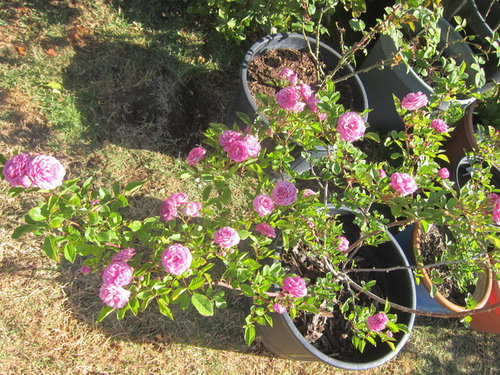

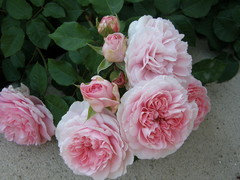
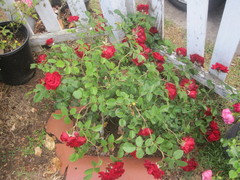





Anna